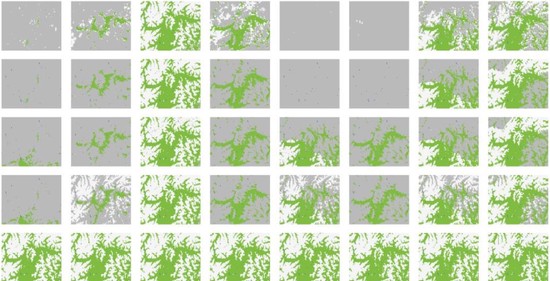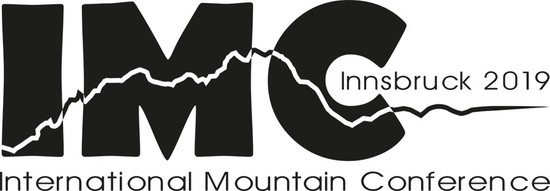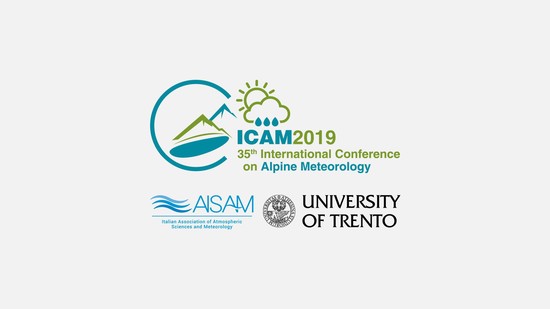Overview of the action
Objectives
The aim of CliRSnow is to provide high-resolution snow cover climatologies and projections by exploiting statistical relationships between earth observation data (remote sensing and in-situ) and climate models.
The main objectives are:
- Alpine wide assessment of past trends in snow depth and snow water equivalent based on in-situ data; and past trends in snow cover area and duration based on in-situ, remotely sensed, and climate model data
- Alpine wide past climatologies and future projections of snow cover area and duration at 250m spatial resolution until the year 2100 by combining the EURO-CORDEX ensemble of RCMs with MODIS

Overview of the work packages
- Collect alpine wide in-situ snow observations from meteorological offices of Austria, France, Germany, Italy, Slovenia and Switzerland. Identify past trends in snow depth and snow water equivalent. Collect previous studies on snow cover projections in the Alpine area and the associated datasets. (WP1)
- Quantify bias between remotely sensed snow and climate model output in the common period 2000-2017. (WP2.1)
- Derive relationship between small-scale 250m RS snow cover and upscaled RS (at climate model resolution) snow cover. (WP2.2)
- Use 2. and 3. to provide biascorrected 250m past climatologies and future projections of snow cover. (WP3.1)
- Validate 4. using in-sample cross validation and compare results in certain areas to the traditional snow-hydrological modeling approach. (WP3.2)




















